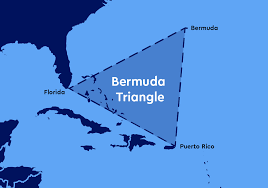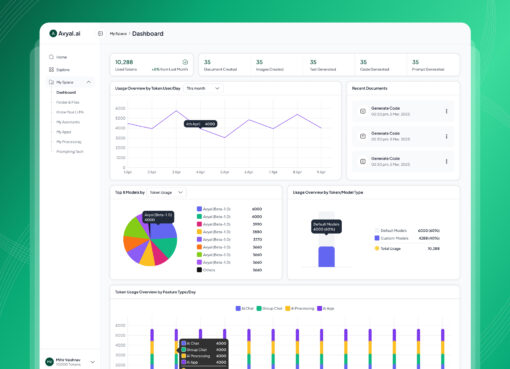Largest Container Port in India: Jawaharlal Nehru Port (JNPT)

India, a nation with an extensive coastline of over 7,500 kilometers, relies heavily on maritime trade for its economic growth. Among the numerous ports scattered along its coast, the Jawaharlal Nehru Port (JNPT), also known as Nhava Sheva, stands out as the largest container port in India. Located in Navi Mumbai, Maharashtra, JNPT has played a critical role in boosting India’s foreign trade and has become a symbol of modernization and efficiency in Indian maritime infrastructure.
A Brief History of JNPT
The foundation of JNPT was laid in the early 1980s to reduce the congestion faced by the Mumbai Port. Officially commissioned on 26 May 1989, the port was named after India’s first Prime Minister, Jawaharlal Nehru. Since its inception, JNPT has grown exponentially, not only in terms of cargo volume but also in terms of infrastructure, connectivity, and global reputation. From handling a modest volume in its early years, the port now handles over 5 million TEUs (Twenty-foot Equivalent Units) annually, cementing its status as the top container-handling port in the country.
Strategic Location
One of the biggest advantages of JNPT is its strategic location. Situated at the eastern shore of the Arabian Sea, near the financial capital of India—Mumbai—JNPT enjoys excellent connectivity to both Western and Central India. It serves as a gateway to the hinterlands of Maharashtra, Gujarat, Madhya Pradesh, Karnataka, and even parts of northern India. This location has helped JNPT become the preferred choice for importers and exporters.
Terminal Facilities
JNPT has five container terminals:
-
JNPT Container Terminal (JNPCT) – The original terminal, owned and operated by JNPT itself.
-
Nhava Sheva International Container Terminal (NSICT) – Operated by DP World.
-
Gateway Terminals India (GTI) – A joint venture between APM Terminals and the Container Corporation of India.
-
Nhava Sheva India Gateway Terminal (NSIGT) – A state-of-the-art terminal operated by DP World.
-
Bharat Mumbai Container Terminals (BMCT) – Operated by PSA International of Singapore, this is the newest and most advanced terminal at JNPT.
These terminals collectively contribute to the port’s massive handling capacity, enabling it to manage growing trade volumes year after year.
Technological Advancements
JNPT has embraced technology to improve efficiency and reduce turnaround times. Some of the notable initiatives include:
-
Port Community System (PCS): A digital platform that connects all stakeholders involved in the port and logistics supply chain.
-
Direct Port Delivery (DPD): A system that allows consignees to clear cargo directly at the port, reducing time and cost.
-
Automated Gates: These gates use RFID and Optical Character Recognition (OCR) systems to speed up container entry and exit.
-
Centralized Parking Plaza (CPP): To organize truck traffic and avoid congestion inside the port.
Such developments have significantly enhanced the port’s operational efficiency, making it competitive on a global scale.
Cargo Volume and Global Ranking
As of recent statistics, JNPT handles over 5.5 million TEUs annually, accounting for nearly 50% of India’s total containerized cargo. In global rankings, JNPT is steadily climbing the ladder and is recognized among the top 35 container ports in the world. This is a remarkable feat for a port operating in a developing country with vast logistical challenges.
Economic Importance
JNPT plays a vital role in India’s economy by:
-
Facilitating International Trade: JNPT handles a majority of the country’s containerized cargo, including exports of textiles, electronics, pharmaceuticals, and agricultural products.
-
Generating Employment: The port and its ancillary services provide direct and indirect employment to thousands of individuals.
-
Boosting Foreign Investment: By partnering with global port operators like DP World, PSA International, and APM Terminals, JNPT has attracted significant foreign direct investment (FDI) into India’s maritime sector.
Connectivity and Infrastructure Development
Connectivity has always been a challenge for Indian ports, but JNPT has taken several steps to overcome it:
-
Dedicated Freight Corridor (DFC): The Western DFC project, once completed, will link JNPT directly to industrial hubs in northern India, reducing transit times and costs.
-
Multi-Modal Transport: The port has excellent rail and road connectivity to various parts of India, enabling smooth cargo movement.
-
Logistics Parks: JNPT has developed logistic parks and inland container depots to support warehousing and cargo consolidation.
Environmental Initiatives
JNPT is also focused on sustainable development. It has implemented several eco-friendly measures such as:
-
Use of electric vehicles within the port premises.
-
Development of green belts and tree plantations.
-
Installation of solar power plants to reduce dependency on conventional energy.
-
Implementation of shore power supply to ships, reducing air pollution when vessels are docked.
These initiatives reflect JNPT’s commitment to balancing economic growth with environmental responsibility.
Future Expansion Plans
To cope with increasing demand, JNPT has laid out ambitious expansion plans:
-
Phase 2 of BMCT Terminal: This expansion will significantly increase the port’s capacity.
-
Satellite Port at Vadhavan: A new port near Dahanu is in the pipeline to divert some of the cargo load and reduce congestion at JNPT.
-
Improved Hinterland Connectivity: With initiatives like the Mumbai Trans Harbour Link and widening of National Highways, the port’s connectivity is set to improve even further.
Conclusion
The Jawaharlal Nehru Port Trust (JNPT) is not just the largest container port in India; it is also a shining example of how strategic planning, technological adoption, and international collaboration can transform maritime infrastructure. It has not only propelled India’s foreign trade forward but also positioned the country as a serious contender in the global shipping and logistics industry.
With its continued focus on capacity building, automation, sustainability, and connectivity, JNPT is well on its way to becoming one of the most efficient and largest container ports not just in India, but across the globe.






Leave a Comment